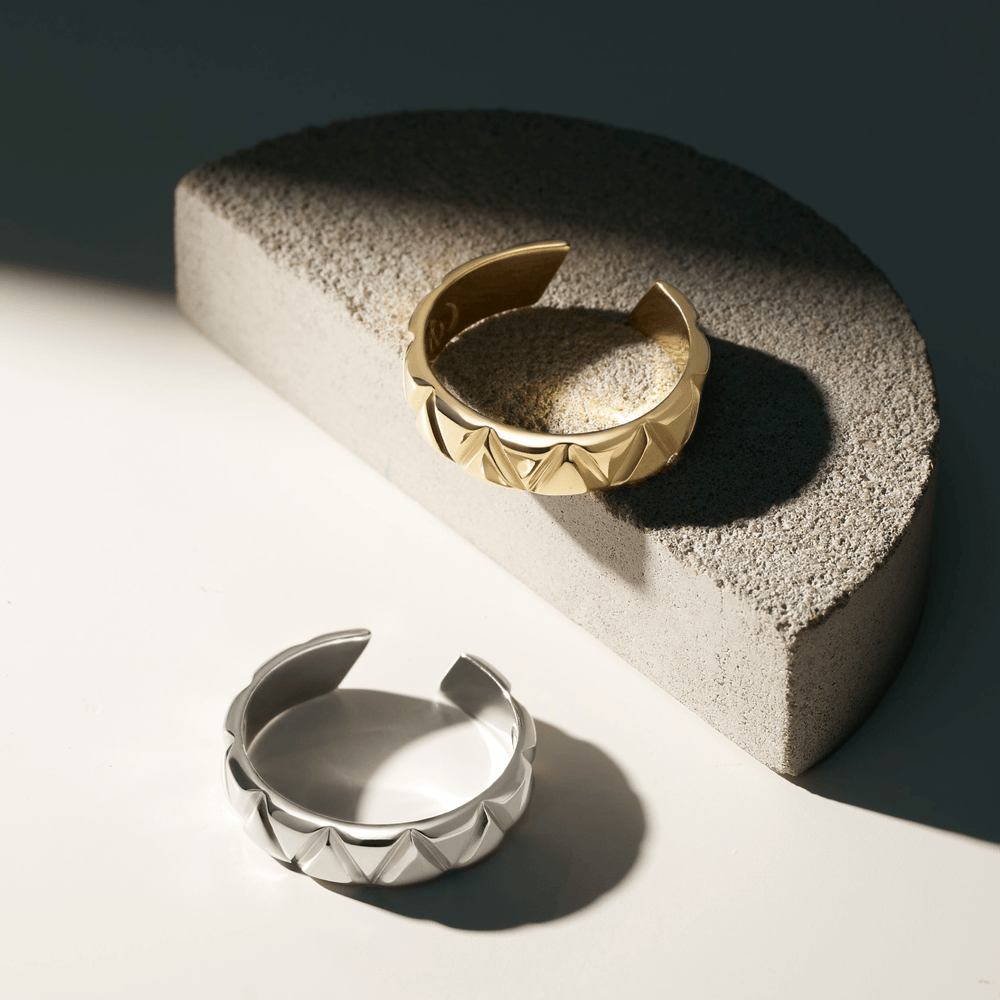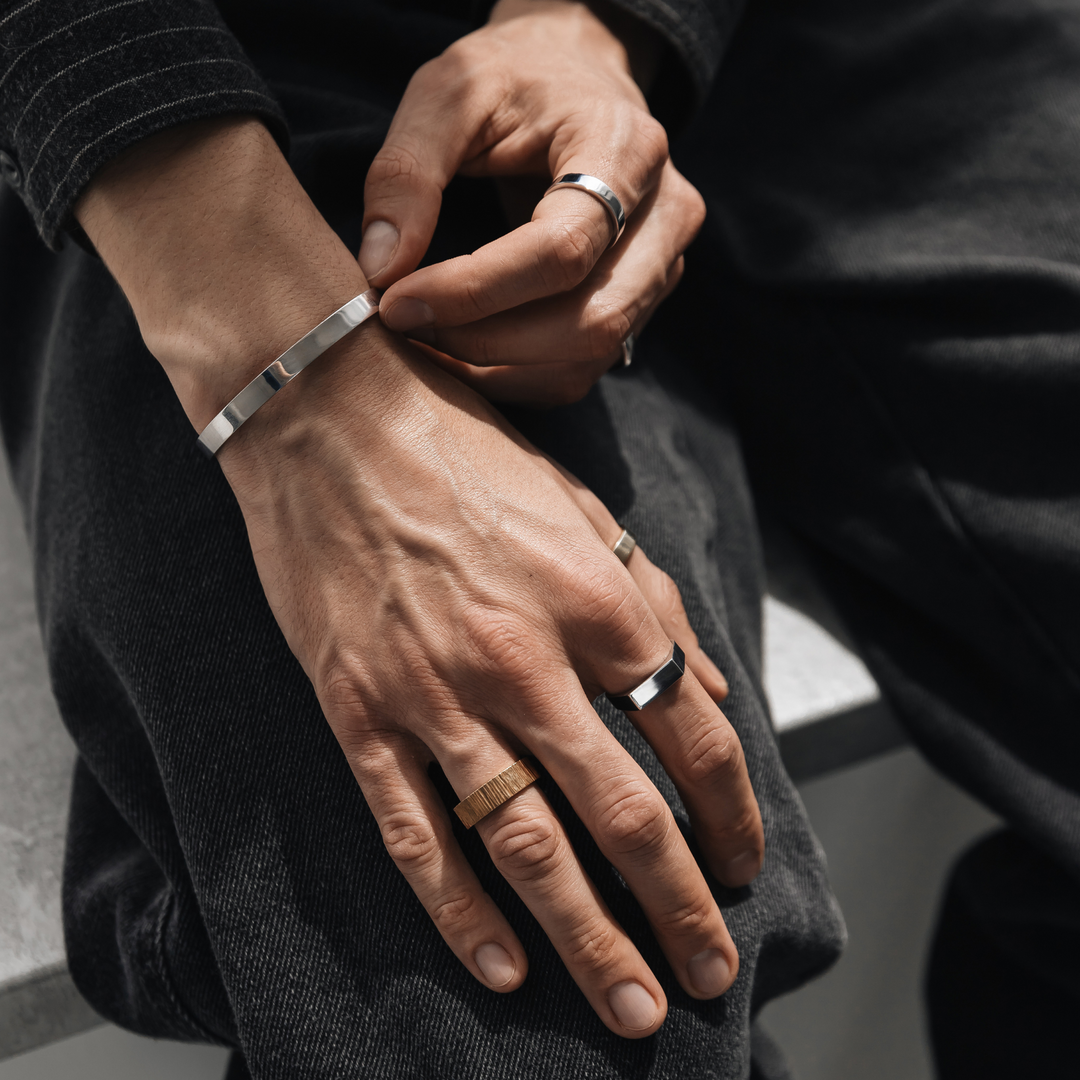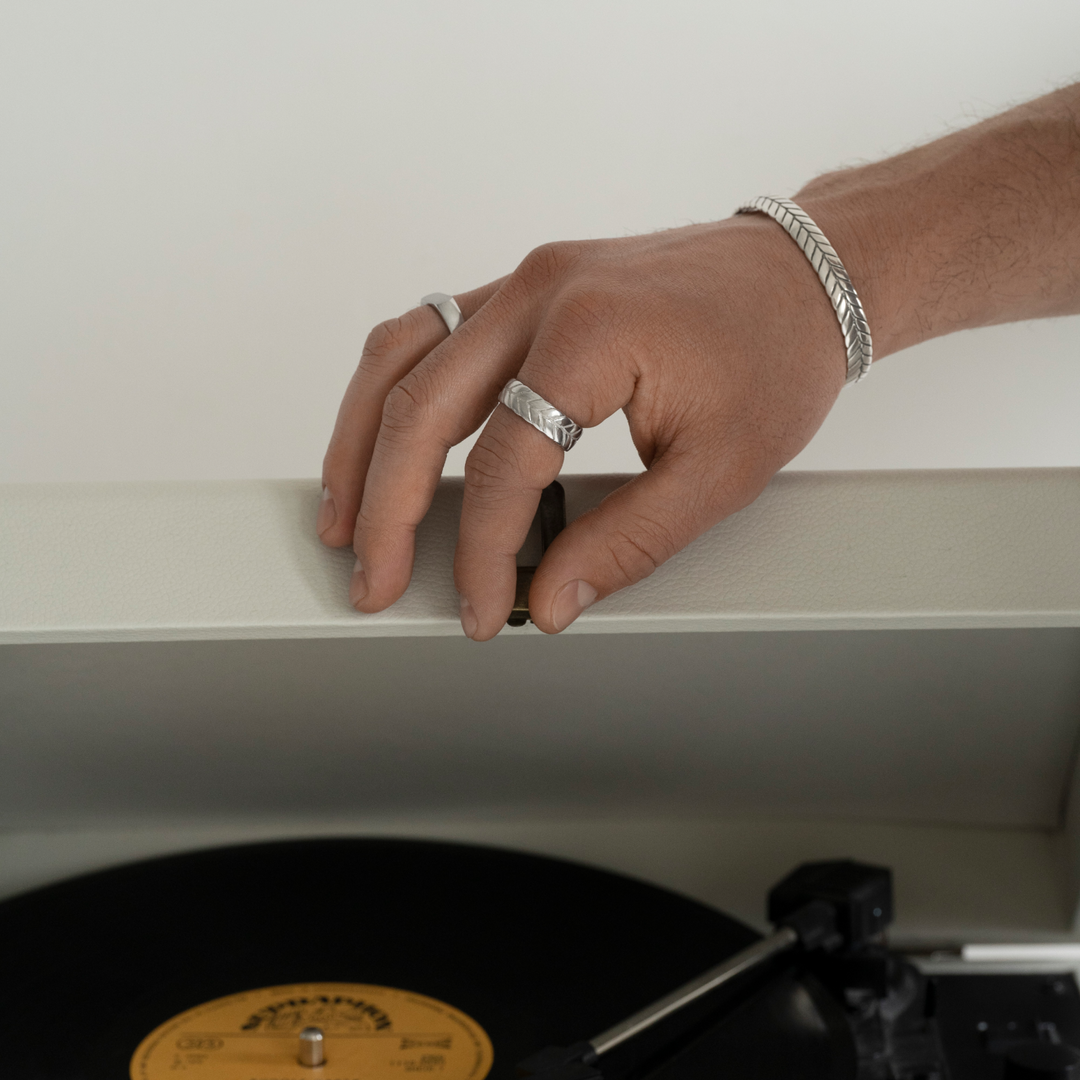Myths and Truths About Silver and Jewelry
Silver jewelry has always held a special place in our hearts and wardrobes, yet there are many myths surrounding it. Here are some of these myths along with the actual truths:
Myth 1: Silver never tarnishes.
Truth: Indeed, silver can tarnish due to oxidation, which is caused by the interaction of silver with hydrogen sulfide in the air, leading to the formation of a black silver sulfide film. This process, known as tarnishing, can easily be reversed by cleaning the silver with specialized cleaning agents or home methods such as a baking soda and aluminum foil solution, which can restore the metal's original shine. Here are some tips for caring for your jewelry.
Myth 2: Toothpaste is ideal for cleaning jewelry.
Truth: While toothpaste can effectively remove dirt and oxidation, it contains abrasive particles that can scratch softer silver surfaces, especially if the item has a polished smooth surface. This not only leads to a matte finish but can also damage the appearance of the item, making it dull and less attractive. Therefore, it's better to use products specifically designed for cleaning jewelry.
Myth 3: Silver never gets damaged, even if it's not taken care of.
Truth: Unfortunately, neglecting silver can lead to long-term damage. Although silver is resistant to many elements, it still requires care, especially if it often comes into contact with aggressive household cleaning agents that can cause chemical reactions damaging the metal. Thus, it's important to store silver items under appropriate conditions and regularly clean them from impurities.

Myth 4: Silver is hypoallergenic.
Truth: Most people indeed do not experience allergies to pure silver, but the addition of other metals in the alloy can cause allergic reactions in some individuals. Particularly, nickel, which is sometimes included in silver alloys, is known for its allergenic potential. Therefore, it's important to know the composition of the alloy when buying silver items, especially if you have sensitive skin.
Myth 5: Gold is always pure.
Truth: Pure gold is too soft for making jewelry, so it is usually alloyed with other metals to enhance its strength. For example, 18-karat gold contains 75% gold and 25% alloy metals, striking a balance between durability and purity.

Myth 6: Jewelry should only be worn on special occasions.
Truth: Jewelry can and should be worn daily as a form of self-expression and personal style.
By debunking these myths, we help you better understand and appreciate the beauty of jewelry and metals. Whether you are looking for something unique in the Oneman collection or just want to learn more about your favorite accessories, knowledge is power that enables you to make informed choices.
Explore our collection and find the perfect pieces to complement your unique style and individuality!






